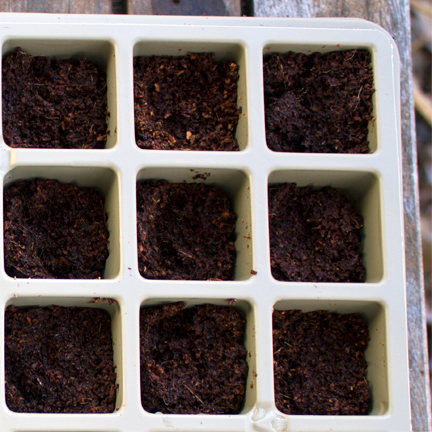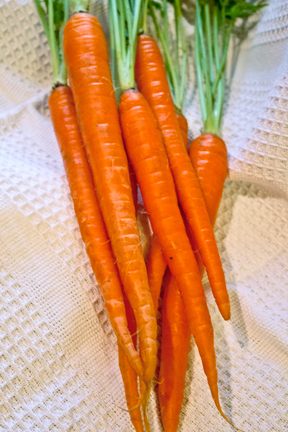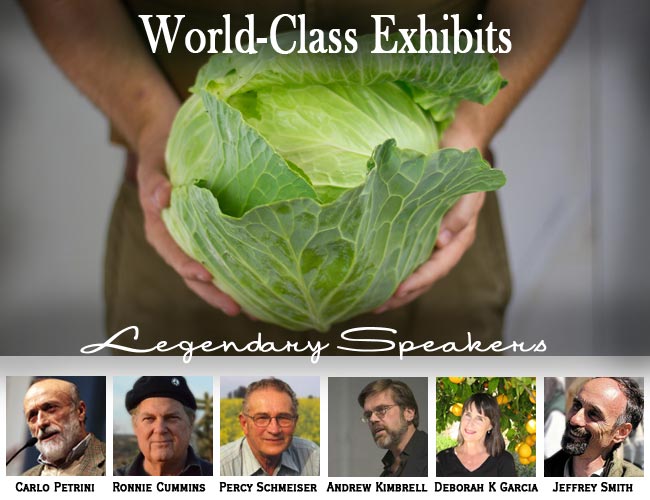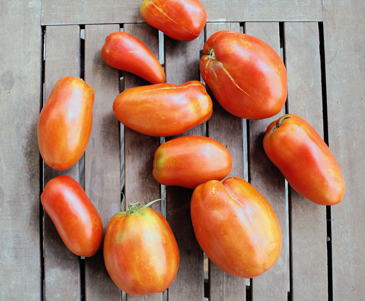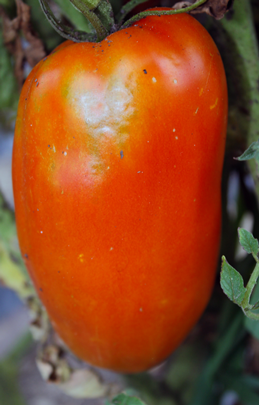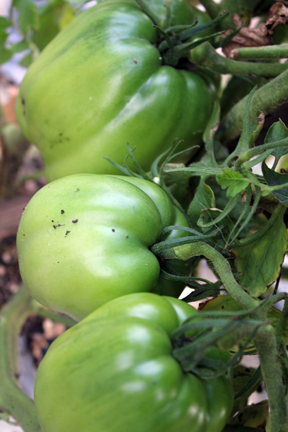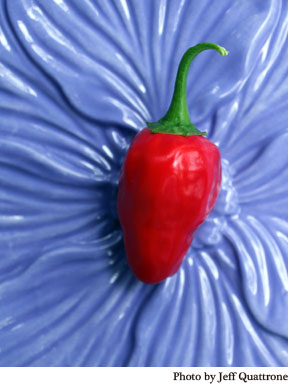 Happy New Year! How do you like the new look? I took the blog off the blog server and put under the domain name on a web server. The theme or layout I chose is one that adapts to devices such as tablets and phones. Lots of potential here, and this blogging software is new to me so there will be a few hiccups along the way, which if you experience any on your end, please let me know.
Happy New Year! How do you like the new look? I took the blog off the blog server and put under the domain name on a web server. The theme or layout I chose is one that adapts to devices such as tablets and phones. Lots of potential here, and this blogging software is new to me so there will be a few hiccups along the way, which if you experience any on your end, please let me know.
Also, there are buttons on the sidebar or at the bottom of the page depending on the device you are using to use Twitter or Facebook. If you're on Twitter please follow me at @vanishingfeast. The RSS feed will be set up shortly.
As you know, I write this blog from the perspective of a life lived as an unfolding story. So with out further ado, let's catch up.
The banner
I would love to wax poetically about how I created that art on my own. How it was a true labor of love. That however would be such a tall tale that even at 6'4" I couldn't pull it off. I doubt Paul Bunyon would be able to either.
The banner is an old label type of artwork from a tomato packing house that no longer exists here in southern NJ. The art work is in the public domain, and the town where this packing house was located is 11 miles from my house. Considering that the tomato is the state vegetable here in NJ, I know of only one tomato packing house left here. They do produce a couple of tasty brands of tomatoes, Scalfini, and Don Pepino, which is pizza sauce.
Hmmm, it looks like they have been taken over by B&G foods. I haven't been to their site in a few years. The last time I was able to contact the plant directly. The tomatoes though haven't changed. I bought them recently.
I felt that it was appropriate to use this artwork for Vanishing Feast, and to create the brand image with it. The history and character that is inherent to this artwork represents Vanishing Feast - An Heirloom Solution better than anything I could create on my own.
I've been carrying those labels around for 14 years, and I have no idea how long they were in my parent's attic. Now, the banner will live on in honor of a what once was, and hopefully provide inspiration for preservation and or resurrection of what it was once.
The Silver Edge Squash Seed
They say that every dark cloud has a silver lining. Whoever they are, they say a lot of things that sometimes doesn't make sense. In time though, if you stop, breathe and listen, sense presents itself in a form that you never expect. The end of 0f 2011 was awful in a lot of ways for me. It's working itself out, and there is a silver lining.
Enter the Silver Edge Squash seed. Now as any storyteller worth their words will tell you, symbolism and content happen if you let it. I found this seed, was intrigued by the silver edge, and ordered it. It wasn't until I started writing this section today that I realized the connection to the silver lining that has emerged in my life during the past moth or so.
The squash is a Native American variety that is grown for its seed only. The flesh is unpalatable from the descriptions. The seeds however are made into pepitas. I love freshly roasted pumpkin and squash seed, which is a good source of nutrition, so this was a natural fit for me to order. Look for a post about this variety in the late season of this year.
The book
It will be soon, another month or so. The transition to this nimble and current format was necessary for the long term. With that comes the learning curve of new software, and setting up a online store. I have a list of plugins for this software to look at, as well as a storefront set up with a revenue collection service that's not PayPal.
If you were reading this blog last year, hopefully, you'll recall the adventures of the Mark Twain tomatoes. If not here is an bit from a post;
Mark Twain tomatoes- Never heard of them until I started seeking out rare tomato seeds for Vanishing Feast. I discovered them in the fedcoseed.com catalogue. When I went to order the seeds, they were out. I was faced with a choice, a classic example in building a narrative in a story. Do I just say "oh well I'll order earlier next year" or do I demonstrate my commitment to this project, and start a journey to find these seeds or plants. I chose to find seeds, plants or both. A little alchemy later for making the right choice, I found plants that will be available in northern Tennessee at Shy Valley Plant Farm. Living in southern New Jersey I can make this trip, document it as part of this story, and taste these rare tomatoes, that evidently bruise easily but taste really good. Perhaps the Mark Twain will become a rally point in this story.
and here is a continuation of this adventure from last year. As it turns out, Fedco Seeds, doesn't have any seeds this year. Fedco is the seed company that I originally found about theses tomatoes. Last year they claimed they were the only commercial source for these seeds, and that there were only two seed savers they knew of that were saving these seeds. It remains to be seen why they don't have seeds this year. Perhaps the seed savers are rotating their varieties. The story continues for another year.
I'm glad I went to TN and got some plants, and despite the nasty hail storm that destroyed my garden last year, I have still have seeds.
So what does this have to do with the book? The cover photo is the Mark Twain tomato plant, and the Mark Twain tomato plant introduces the reader to the the stories and photos of the tomato buds featured in the book. Another really cool plot twist.
Posting schedule
A new post will be up every Saturday. In order to build an audience, I think a regular schedule of posts are in order. As I transition into doing this full time I hope that I will be able to post more often. And add video also.
Project 366K
Ok, so what the heck is this? To be honest, I'm not really sure but here's the concept. If 1 picture is worth 1,000 words, and 366 days are in 2012, 1 photo a day would equal 366k words if posted consecutively. So, that's what I'm doing. Since I'm a skilled photographer with various subject matter, I'm experimenting with tumblr.com. From what I can tell it's a hybrid of Twitter and blogs.
As I explore this ever changing landscaoe of new media, I figure this would be a good experiment. I have lots of photos to work with and will have many more in 2012. Why not see what kind of exposure I can get for my work? The theme I chose for my tumblr is designed to adapt to devices like tablets and phones, so it is current with the changing nature of how people retrieve the information they seek.
There will be captions and photo credits. The words will be tags and the thoughts that the viewer experiences. No description, just the image.
The Silver Edge Squash seed was the first photo published. The symbolism there was the planting of a new idea. Here is a link. If you have a tumblr, please follow me there.
So that's it for now. See you on Saturday.

